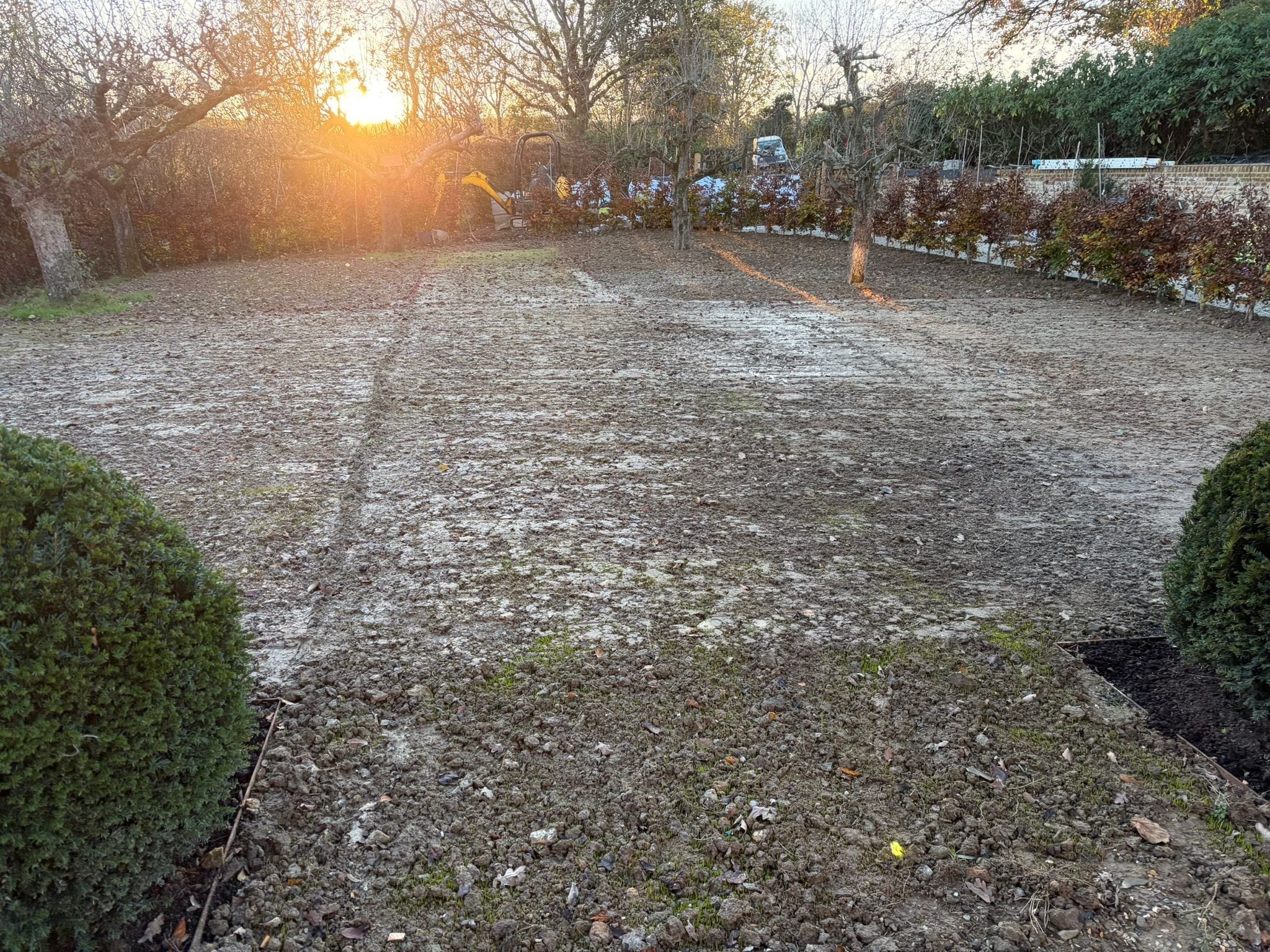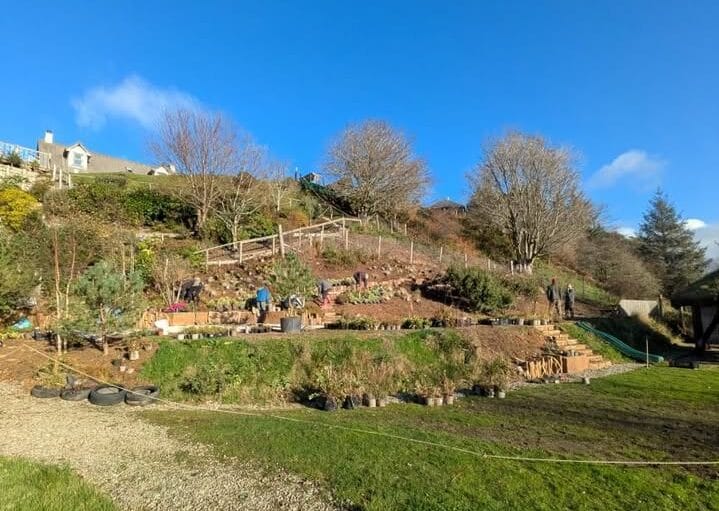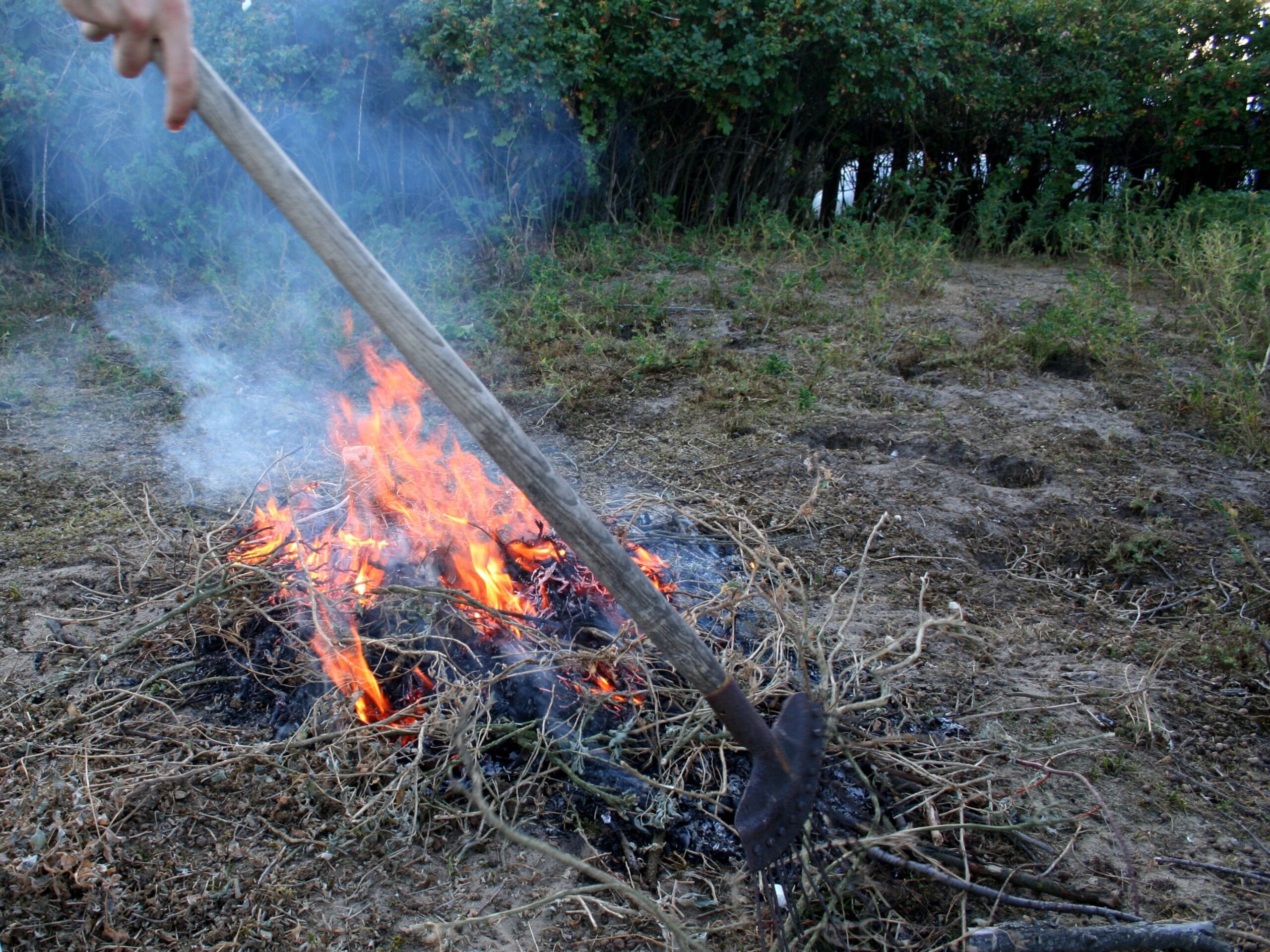Transform your garden this winter and be ready for a thriving 2026 season. At Frogheath…
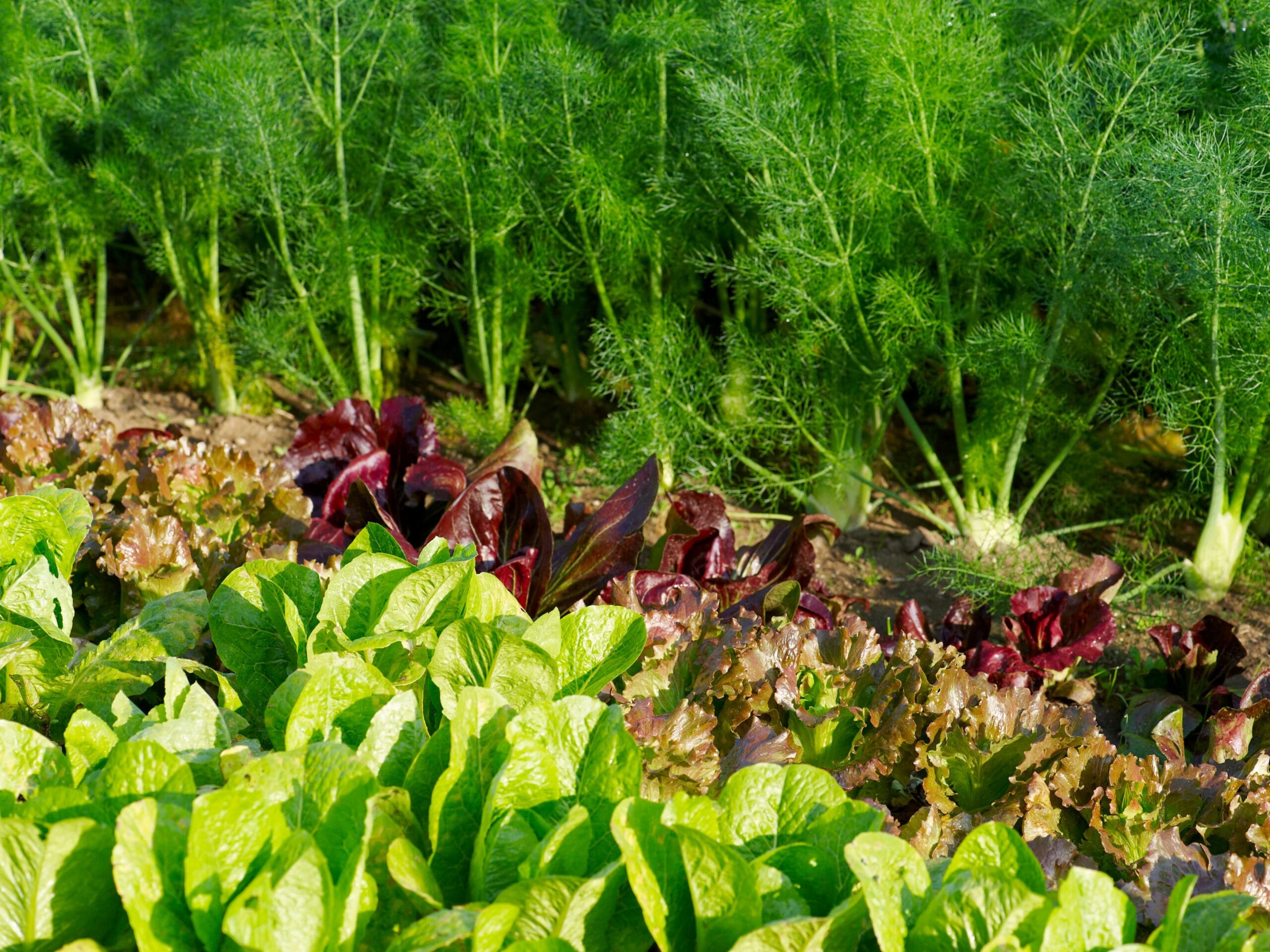
Creating a Thriving Vegetable Patch: A Beginner’s Guide
Growing your own vegetables is one of the most rewarding ways to connect with nature, reduce food miles, and enjoy fresh, seasonal produce. This blog explains how to get started on your own vegetable patch. Whether you have a large garden or just a small patch, you can cultivate a thriving vegetable garden right here in the British climate. As an award-winning, sustainability-conscious landscaping company based in Burwash, East Sussex, we’re passionate about helping gardeners make the most of their outdoor spaces while also supporting wildlife. Here’s how to get started:
1. Choosing the Right Location
A successful vegetable patch needs ample sunlight—ideally six hours or more per day. Find a spot with well-draining soil and shelter from strong winds. Raised beds or containers can be great options for those with heavy clay soil or limited space.
2. Selecting Easy-to-Grow Vegetables for the UK Climate
For beginners, it’s best to start with resilient and productive vegetables suited to the British weather. Some excellent choices include:
- Lettuce & Salad Leaves – Quick to grow and can be harvested multiple times.
- Radishes – Perfect for impatient gardeners, as they grow in as little as four weeks.
- Carrots – Grow well in sandy, loose soil and offer a sweet reward.
- Potatoes – Ideal for beginners as they are low-maintenance and yield generously.
- Onions & Garlic – Hardy crops that require little attention.
- Runner Beans & Peas – Not only delicious but also fix nitrogen into the soil, benefiting your garden overall.
- Courgettes – High-yielding plants that thrive with minimal care.
3. Planting from seed vs planting seedlings
Consider whether you would like to plant from seed or purchase seedlings. Planting from seeds involves sowing seeds directly or starting them indoors, while planting from seedlings involves buying or growing young plants (seedlings) that are already developed and ready to transplant.
Planting from seed:
- Process: You start with seeds, which are the dormant reproductive units of a plant.
- Germination: Seeds need the right conditions (water, oxygen, warmth) to germinate, or sprout.
- Time: Germination and seedling development takes time, and the plants will need to be nurtured and cared for until they are large enough to transplant.
- Cost: Seeds are generally cheaper than buying pre-grown seedlings.
- Variety: You have a wider variety of seeds available, including heirloom or uncommon varieties, according to Allrecipes.
- Skill: Seed starting requires some knowledge and care, but it can be a rewarding experience.
- Examples: Carrots, spinach, lettuce, and many other vegetables and flowers are often grown directly from seed.
Planting from Seedlings:
- Process: You purchase or grow young plants (seedlings) that have already germinated and developed.
- Time: Seedlings are ready to transplant sooner than plants grown from seed, meaning you’ll get a faster harvest.
- Cost: Seedlings are more expensive than seeds.
- Variety: The selection of seedlings may be more limited than the selection of seeds.
- Skill: Planting seedlings is easier than starting from seed, as the plants are already established.
- Examples: Tomatoes, peppers, aubergine, and some flowers are often grown from seedlings.
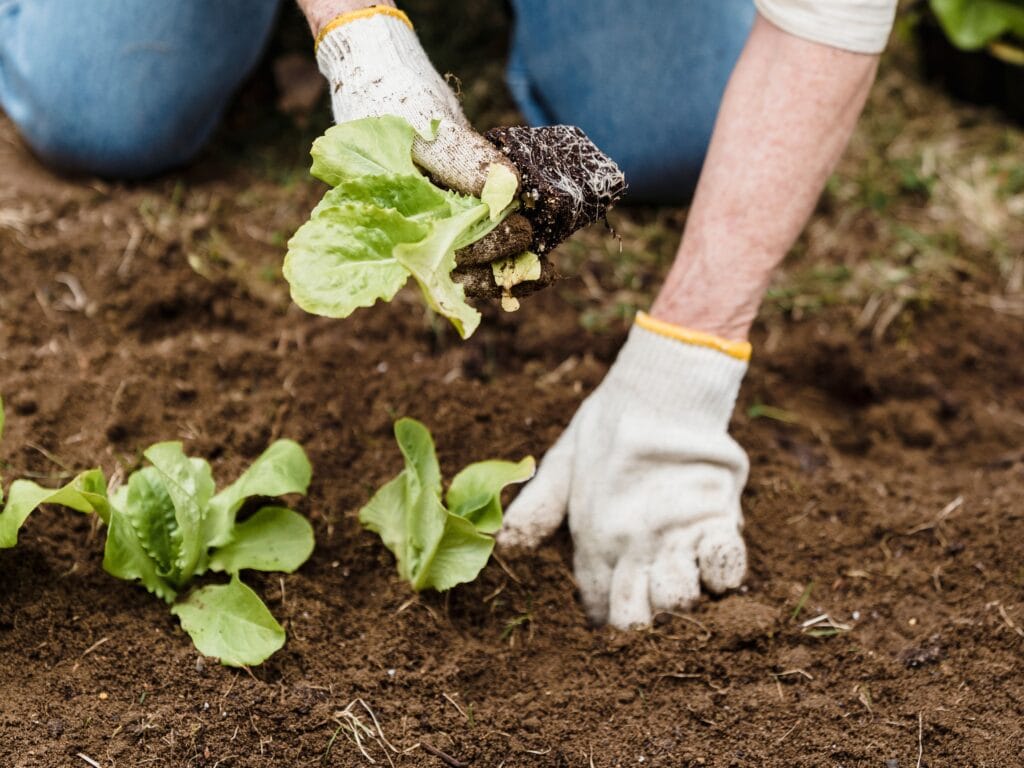
4. Supporting Plant Growth
To ensure your vegetables flourish, consider these essential care tips:
- Soil Preparation: Enrich your soil with compost or well-rotted manure before planting.
- Watering: Water deeply in the morning or evening, especially during dry spells.
- Mulching: Apply organic mulch (e.g., straw, grass clippings) to retain moisture and suppress weeds.
- Crop Rotation: Prevent soil depletion and disease by rotating crops each year.
- Companion Planting: Grow complementary plants together—for example, basil alongside tomatoes to deter pests.
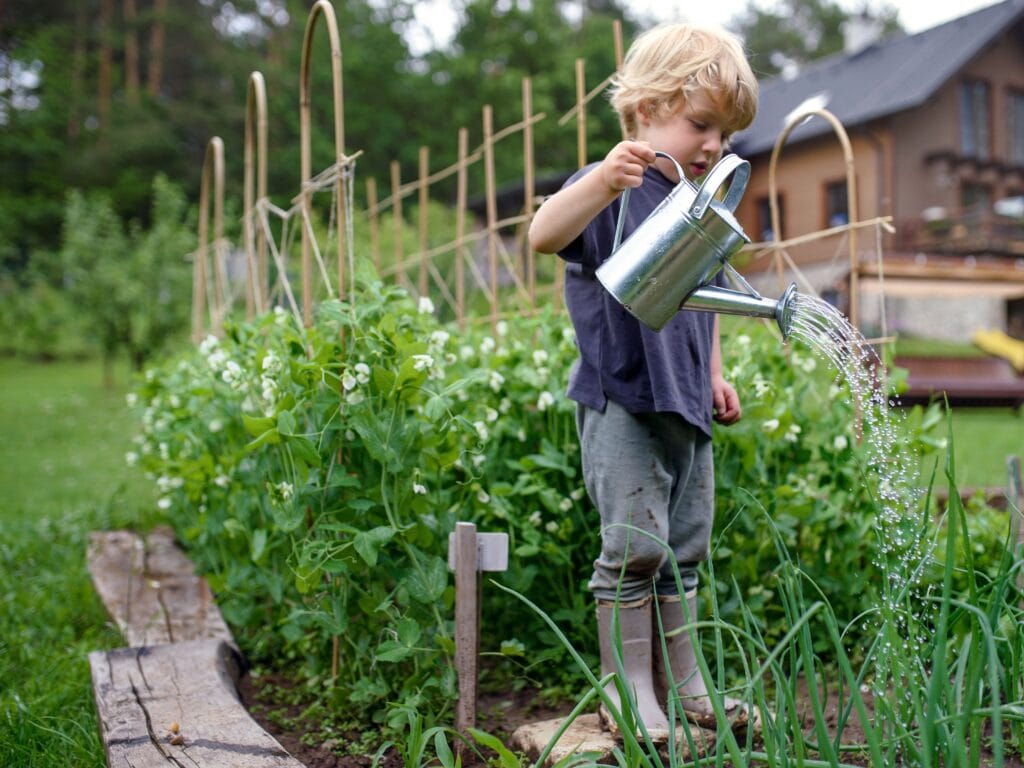
5. Protecting Your Vegetables While Supporting Wildlife
A sustainable vegetable patch should work in harmony with nature. Here’s how to protect crops while encouraging beneficial insects and wildlife:
- Encourage Pollinators: Plant flowers such as lavender, calendula, and nasturtiums nearby to attract bees and butterflies.
- Natural Pest Control: Use companion planting, ladybirds, and hedgehog-friendly habitats to keep pests at bay rather than resorting to chemical pesticides.
- Netting & Barriers: Protect crops like brassicas from caterpillars and birds by using netting, but ensure access for pollinators.
- Wildlife Zones: Leave areas of long grass, log piles, or a small pond to provide shelter for helpful creatures like frogs and hedgehogs, which naturally control pests.
6. Harvesting and Enjoying Your Produce
The most satisfying part of growing your own food is harvesting! Pick vegetables when they’re young and tender for the best flavour. Regular harvesting also encourages plants to keep producing.
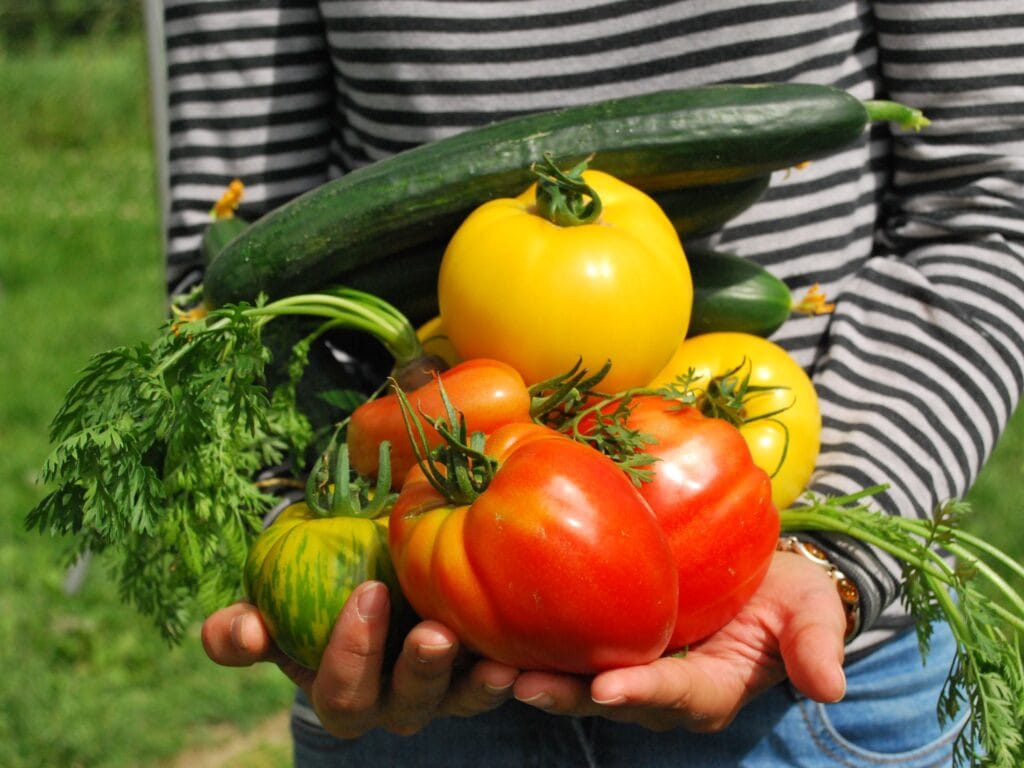
Final Thoughts
Creating a vegetable patch is a fulfilling and sustainable way to enhance your garden while supporting local wildlife. By choosing the right crops, caring for your plants, and maintaining a wildlife-friendly approach, you can enjoy a bountiful harvest year after year. If you need expert advice or garden landscaping services to create the perfect vegetable-growing space, our team in Burwash, East Sussex, is here to help!

